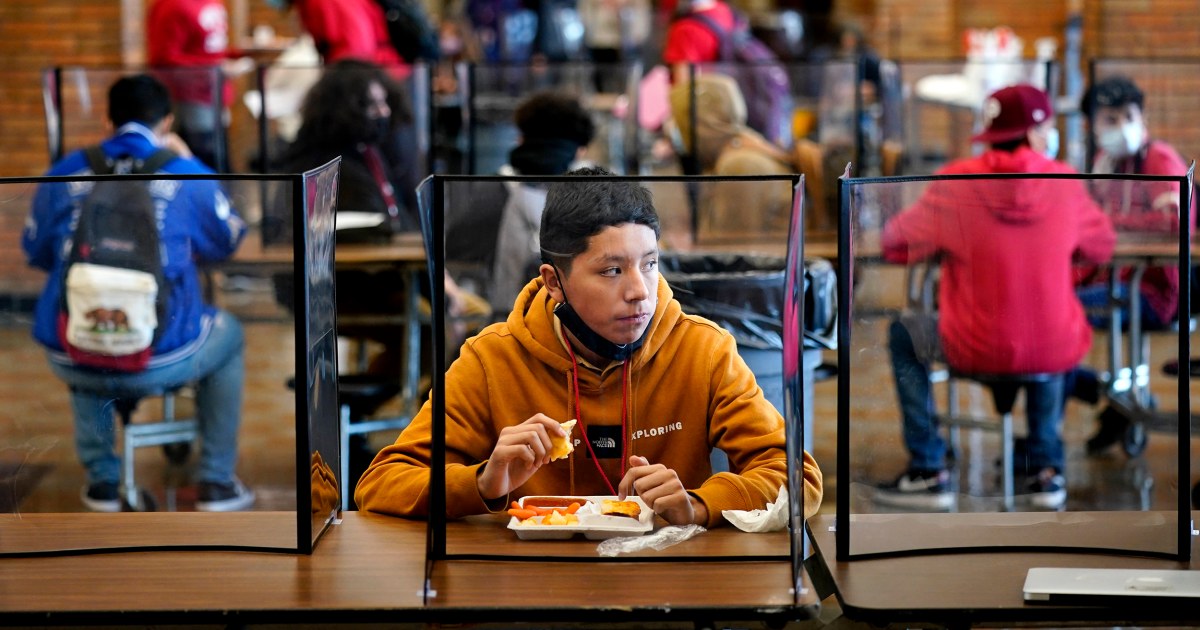WASHINGTON — The Department of Agriculture on Friday announced plans to invest up to $1.5 billion in the school lunch program as supply chain issues ripple through the U.S. economy.
The funds will be made available through the USDA’s Commodity Credit Corporation, which was previously used to help farmers with trade mitigation payments. The funds will be divided into three parts: $1 billion for schools to purchase food for their meal programs; an additional $300 million for states to purchase food for distribution to schools; and an additional $200 million will be used for cooperative agreements to purchase local food for schools.
The majority of the aid will be the billion dollars to the states for cash payments to purchase “domestic, unprocessed or minimally processed foods like fresh fruit, milk, cheese, canned tomatoes, frozen vegetables, rice and more,” said Stacy Dean, assistant. USDA undersecretary.
“A big part of what we have to try to do is provide as much stability and predictability as possible in an incredibly uncertain time,” Dean told reporters on a call Friday.
Each state will allocate the funds to schools based on student enrollment, with a minimum amount per district to ensure that small schools are not left behind. In total, the supply chain assistance funds are expected to provide increased resources for up to 100,000 schools in all 50 states, DC, Puerto Rico, Guam and the US Virgin Islands.
The additional federal assistance for school lunch programs comes as program operators continue to face unprecedented challenges stemming from supply chain disruptions and labor shortages.
In October, President Joe Biden announced that Walmart, FedEx and UPS, three of America’s largest freight carriers, would step up efforts to address supply chain issues after retailers began warning that some products might not not arrive on the shelves before the holidays.
The remaining aid will provide states with funding for local school food purchases and USDA foods, which are qualified food items from small to large suppliers.
Schools served nearly 500 million lunches on average per month from September 2018 to May 2019. The number dropped during the pandemic-stricken 2020-21 school year to around 330 million lunches per month, according to the USDA.
Separately, the agency announced that meal service waivers, known as the “seamless summer option,” have been extended through June 2022. The waivers allow schools to provide meals free to students. Republicans in Congress have criticized the Democrats’ proposal to make universal free meals permanent because of the potentially high price.
In addition to allowing higher reimbursement rates, the USDA is also giving schools more leeway when it comes to meeting meal guidelines and extending the national waiver through the 2021 school year. -22 to make all meals free.












More Stories
US Department of Agriculture awards $50 million grant to sugar beet industry – Agweek
New York State Department of Agriculture Announces Statewide Urban Agriculture Study
Department of Agriculture Launches New Favorite PA Website Connecting Pennsylvanians to PA Products and Agricultural Destinations